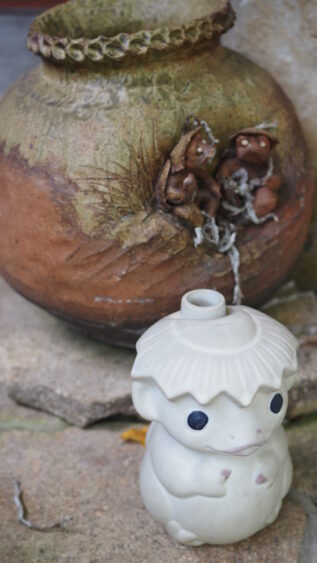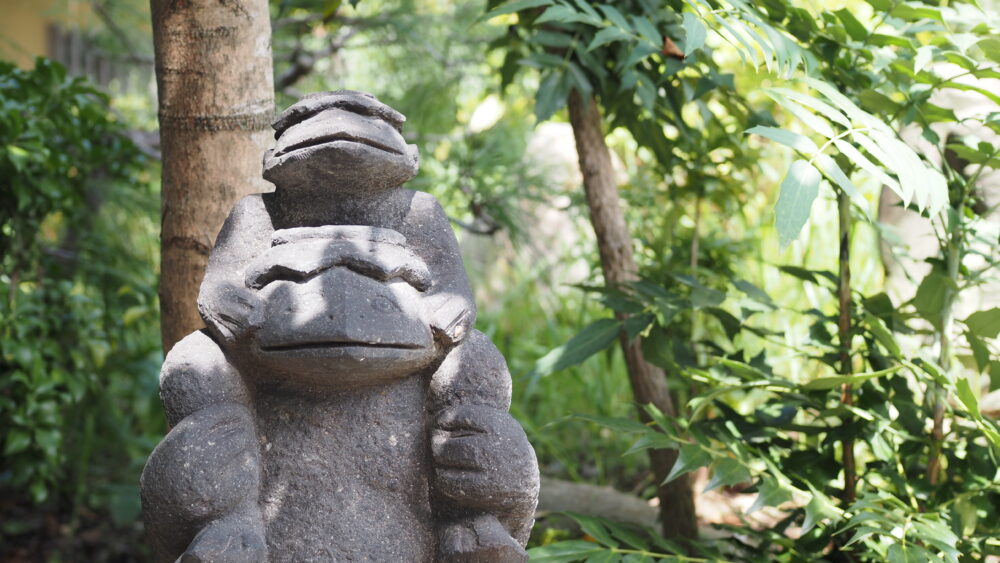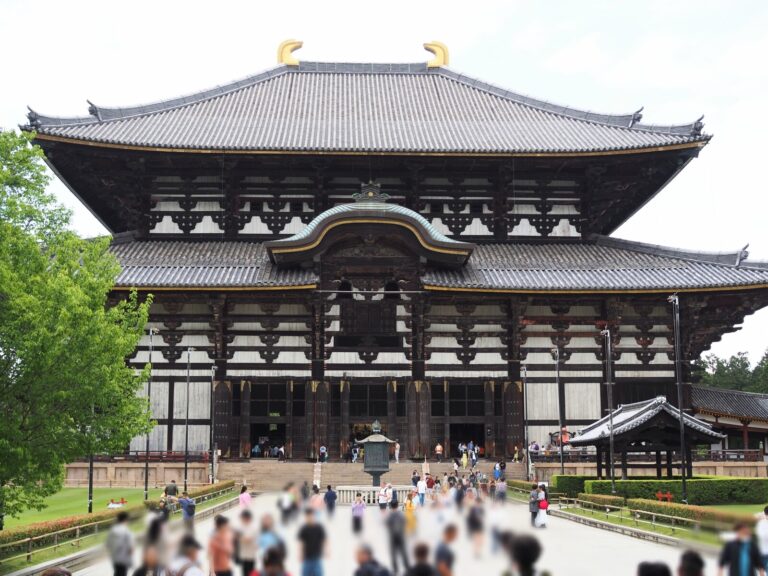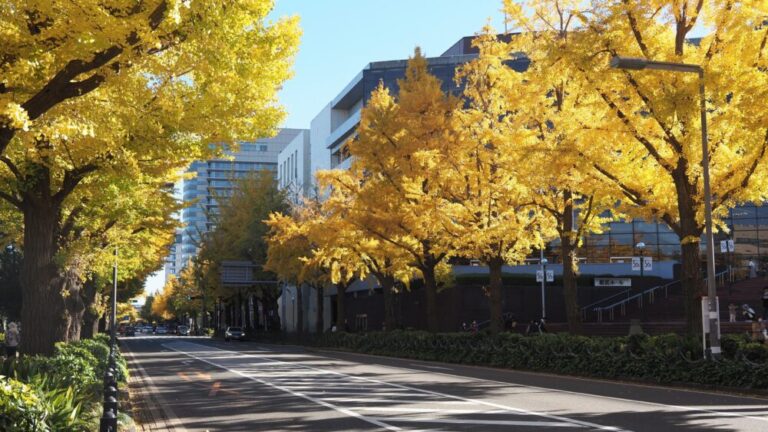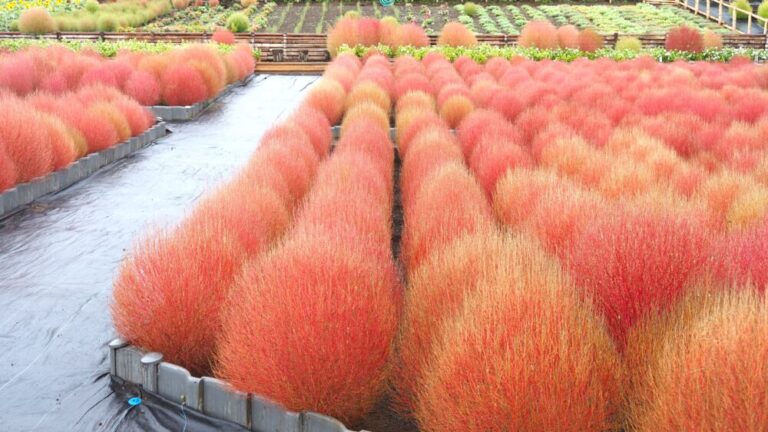Introduction
Josenji Temple, nestled in Yamato City, is a peaceful temple known for its beautiful seasonal blooms and a playful hide-and-seek experience. It’s a hidden treasure for nature lovers. In this article, I’ll introduce you to The Temple’s Seasonal Blooms, The Significance of Kappa, and The Roles of Bosatsu and Rakan. Let’s dive into the wonders of Josenji Temple together.
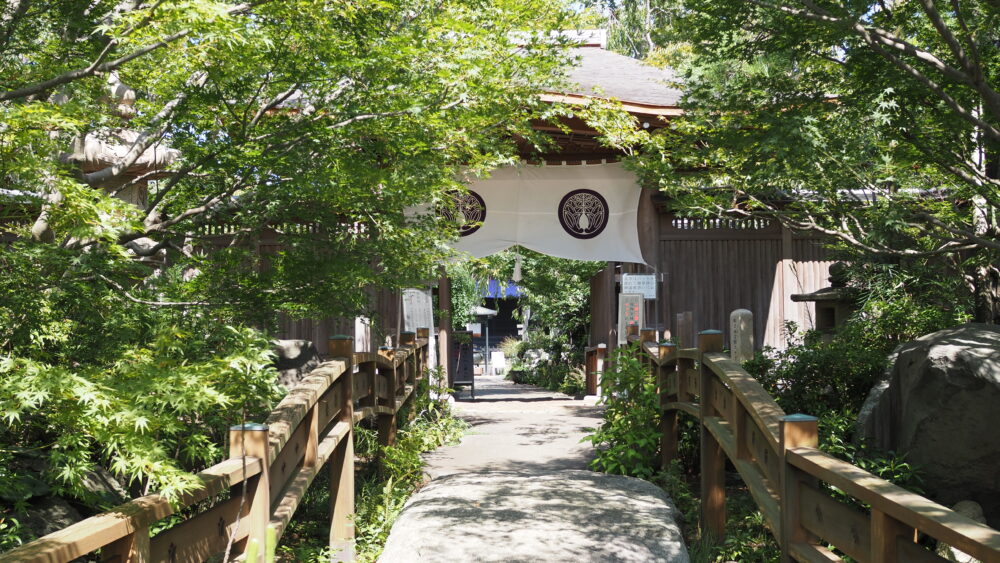
1. Brief About Josenji Temple
Josenji Temple (常泉寺) sits peacefully in the quiet surroundings of Yamato City, Kanagawa Prefecture. This serene Buddhist temple is a hidden gem that blends unique experiences with the beauty of nature. Established during the Edo period, people have considered it a spiritual haven for the local community for centuries.
It takes about an hour to reach Koza-Shibuya Station on the Odakyu Railway from Shinjuku. Then, a 15-minute walk will lead you to Josenji Temple. As you approach, you’ll notice a beautifully paved path that guides you to the Furoumon Gate. Along the way, you’ll be greeted by numerous statues of Ojizo-san and Kappa, creating a welcoming and serene atmosphere for your visit.
As soon as you enter, the soothing scent of incense envelops you, immersing you in the tranquil world of Buddhism. Start by purchasing a pair of incense sticks and placing them on the burner. Take a moment to enjoy the relaxing aroma for a while. Heading to the office, you’ll find unique Kappa displays and pay for your admission. Your enriching experience at Josenji Temple has truly begun.
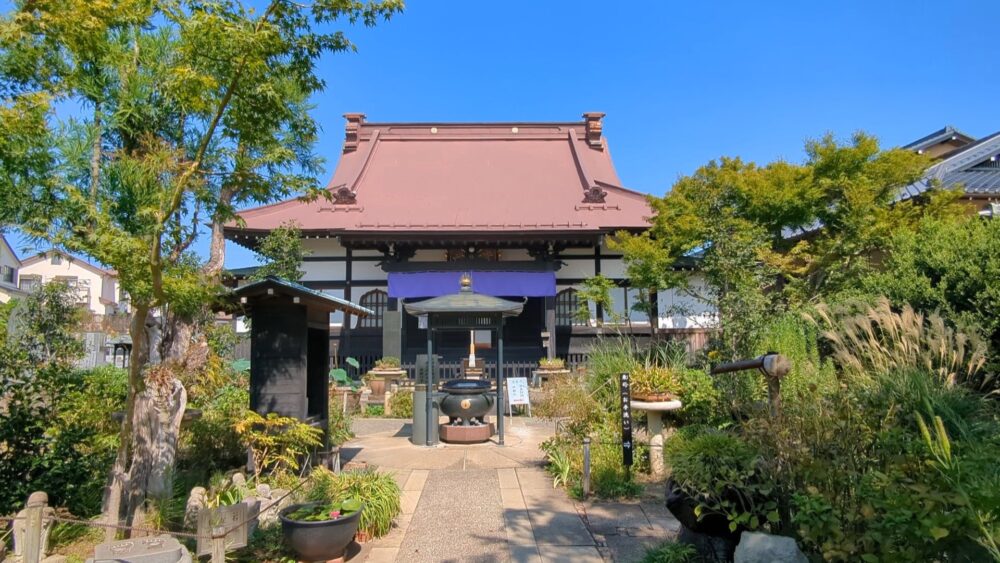
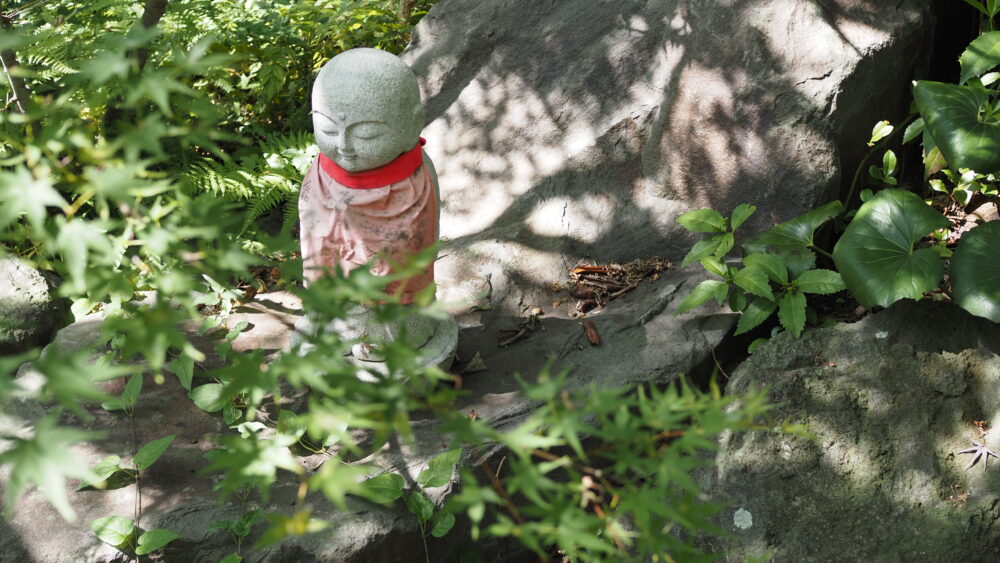
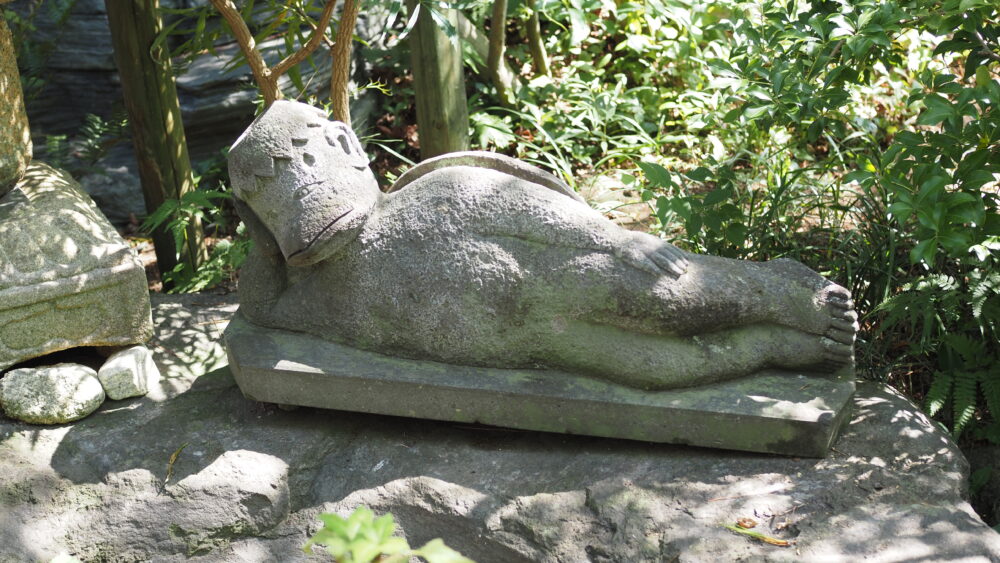
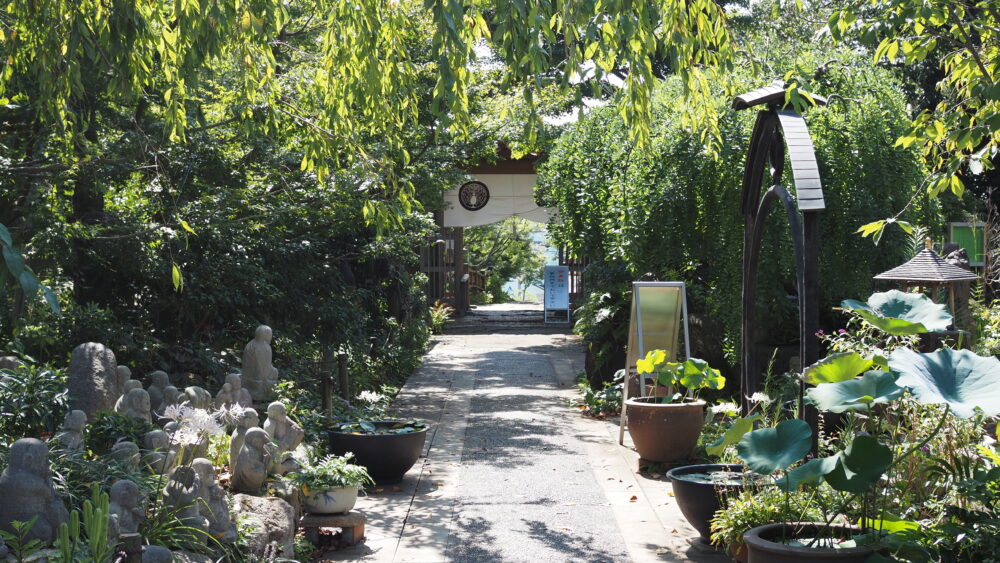
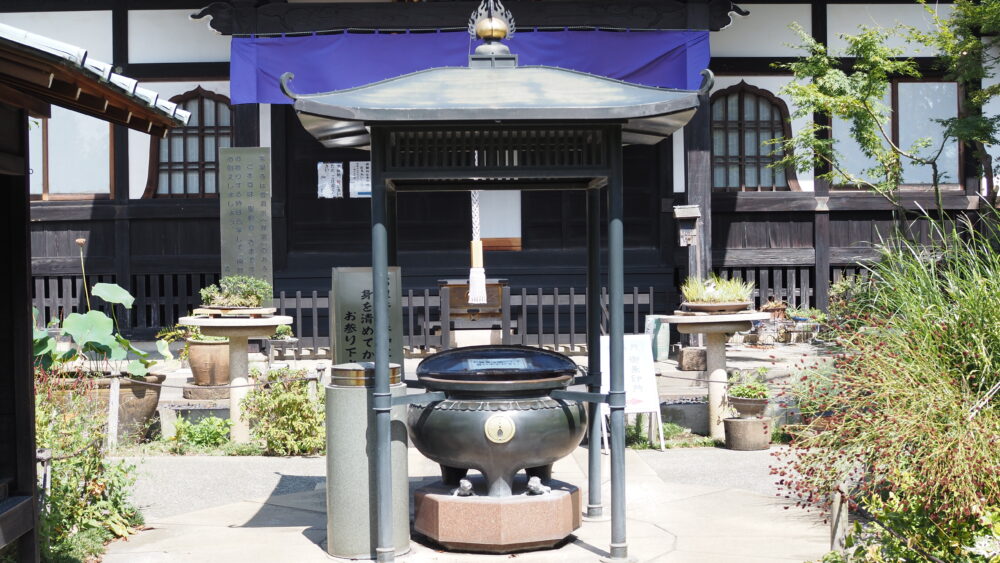
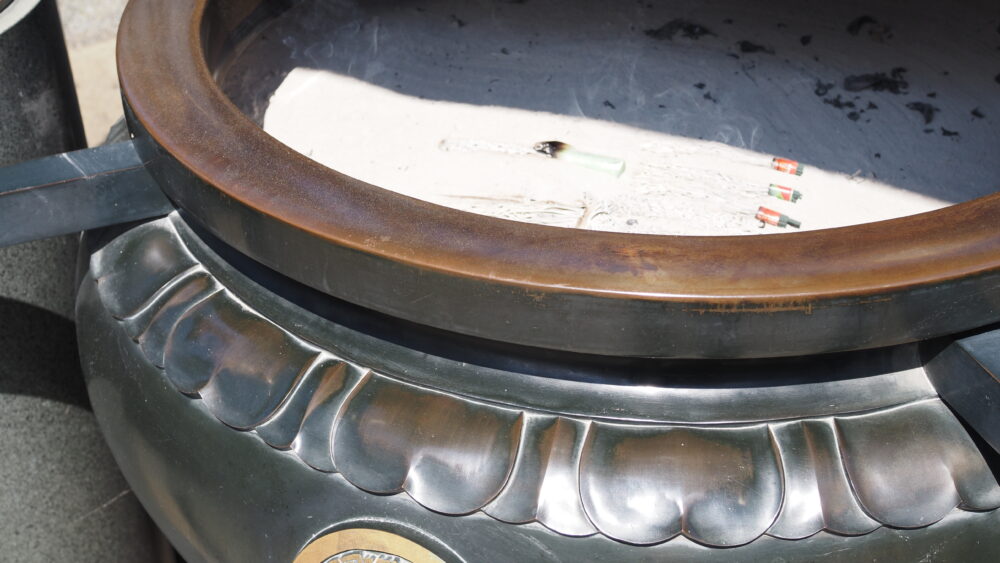
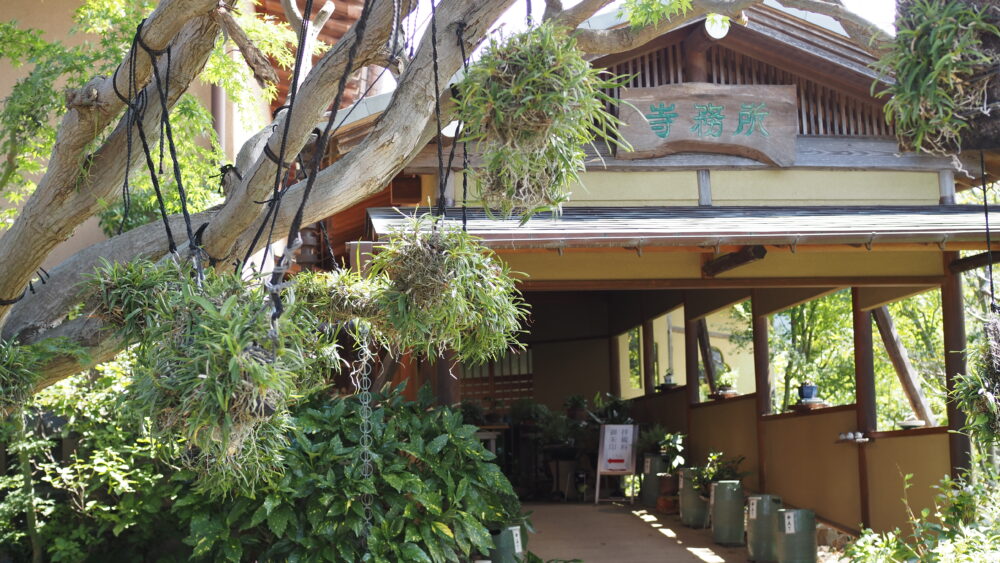
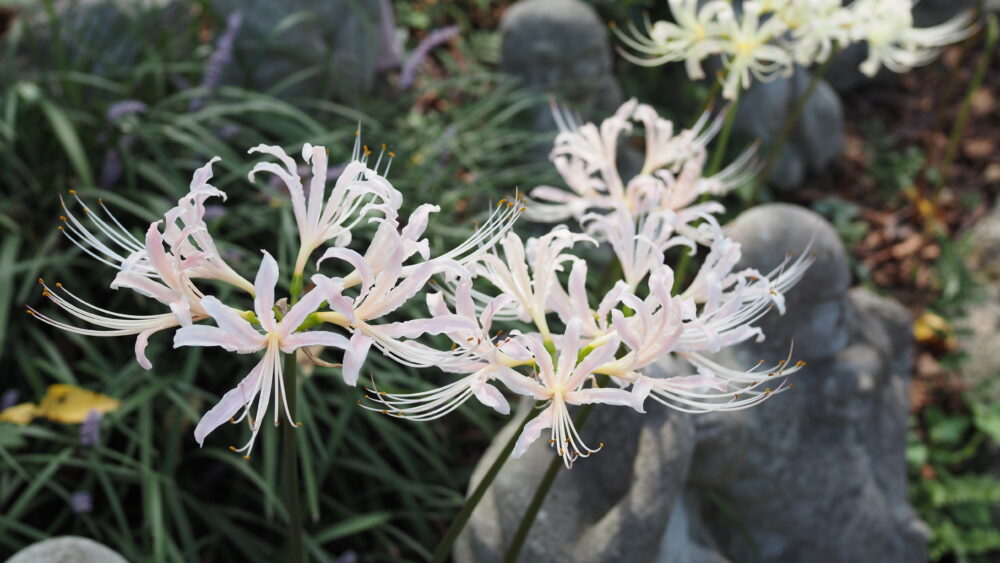
2. Seasonal Bloom Relay
One of the standout features of Josenji Temple is its Seasonal Bloom Relay, where various flowers bloom throughout the year. Each season introduces a fresh wave of blossoms, allowing nature enthusiasts to enjoy the temple’s ever-changing scenery. This continual cycle of blooms enhances its reputation as “The Temple of Flowers.” It makes a beloved destination for photographers and nature lovers.
Spider Lilies
A key flower in autumn is the Spider Lilies, known as Higanbana (彼岸花). These flowers hold significant ties to Buddhism, symbolising death, the afterlife, and the concept of impermanence. Additionally, their meanings of “Renewal” and “Rebirth” align beautifully with Buddhist teachings. At the temple, various white, yellow, and red Spider Lilies bloom throughout the grounds, creating a stunning visual that complements the surrounding statues.
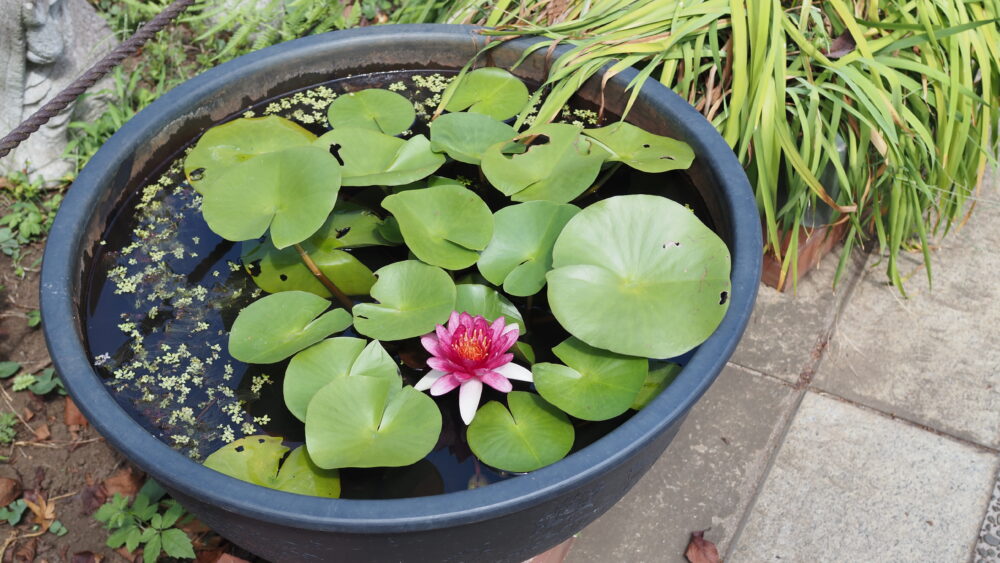
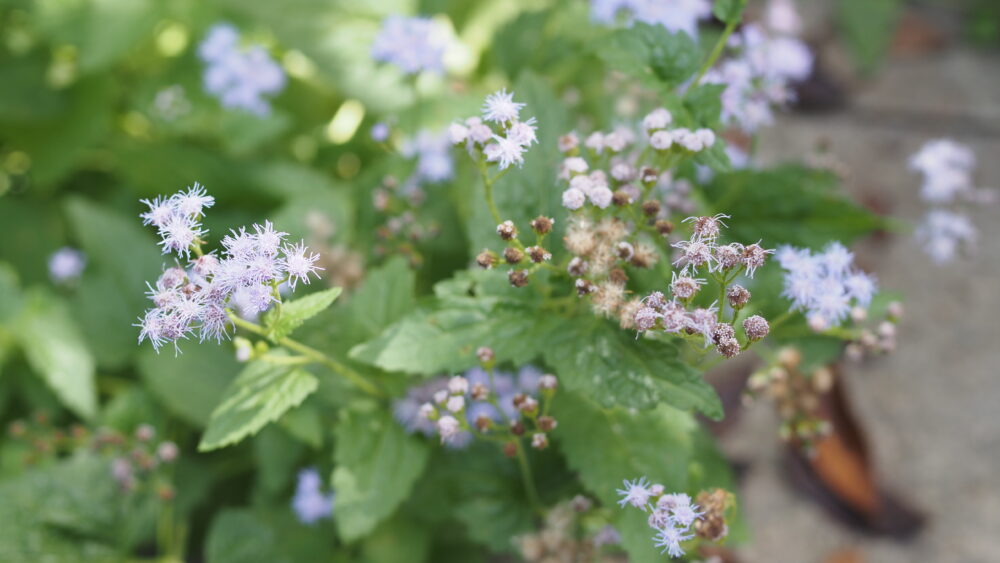
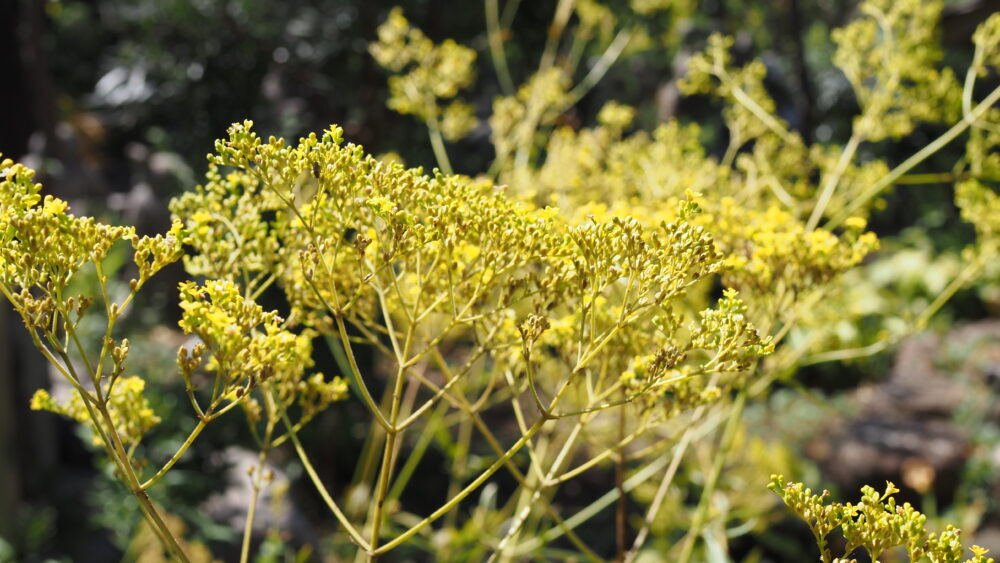
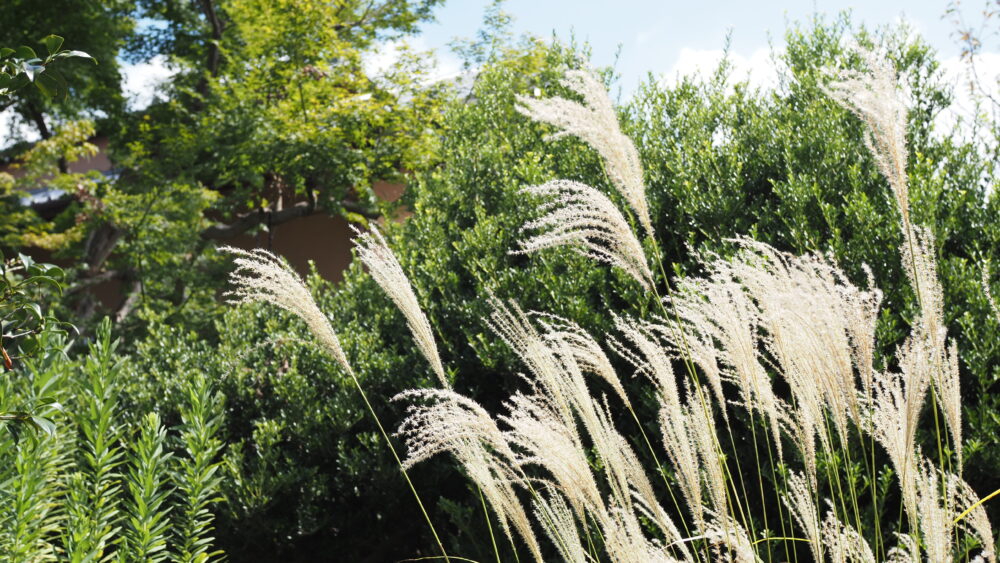

3. Get Lost With Kappa
A fun and unique feature of Josenji Temple is the collection of Kappa Statues, which pay homage to the famous water spirits from Japanese folklore. Scattered throughout the temple grounds, these playful statues bring a sense of adventure to the otherwise serene environment. Enjoy delightful hide-and-seek and find your favourite one.
Kappa are believed to inhabit rivers and ponds, earning them the title of “God of Water.” At Josenji Temple, you’ll find small water springs, which are treasured by the community. To protect that precious water, people chose to enshrine the mischievous Kappa, who has since become the guardian of this sacred space. Their unique appearances make you deeper into the hiding game and forget the time completely.
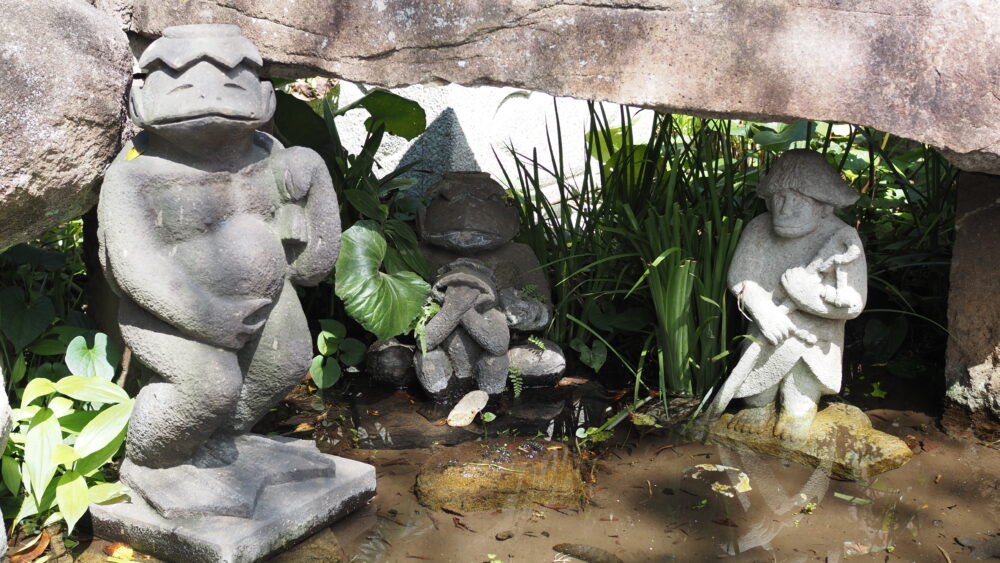
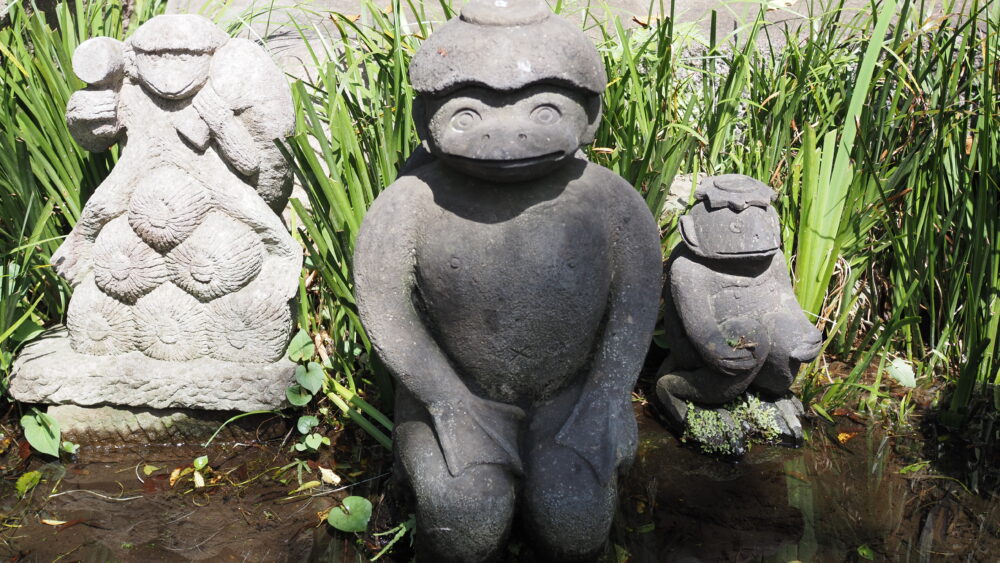
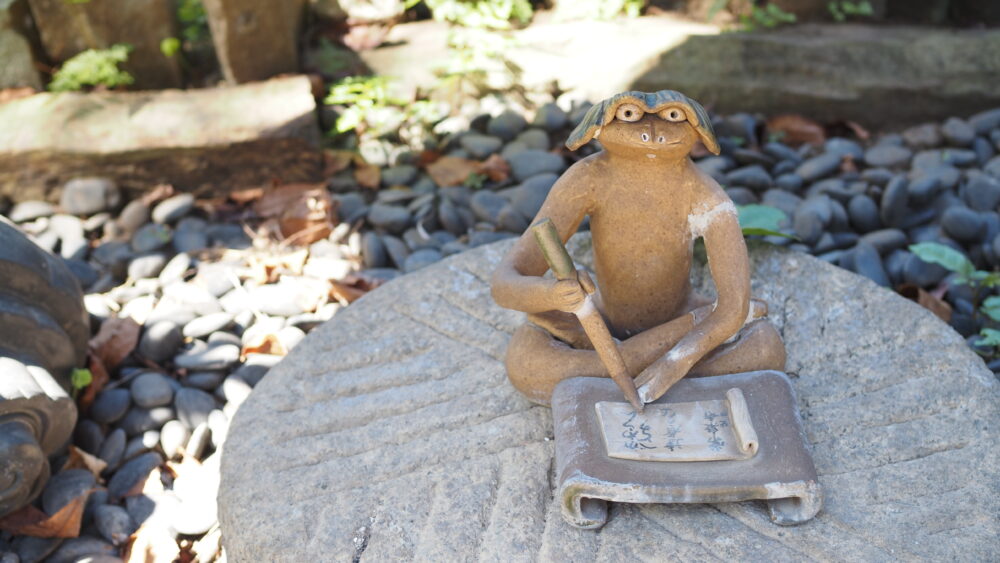
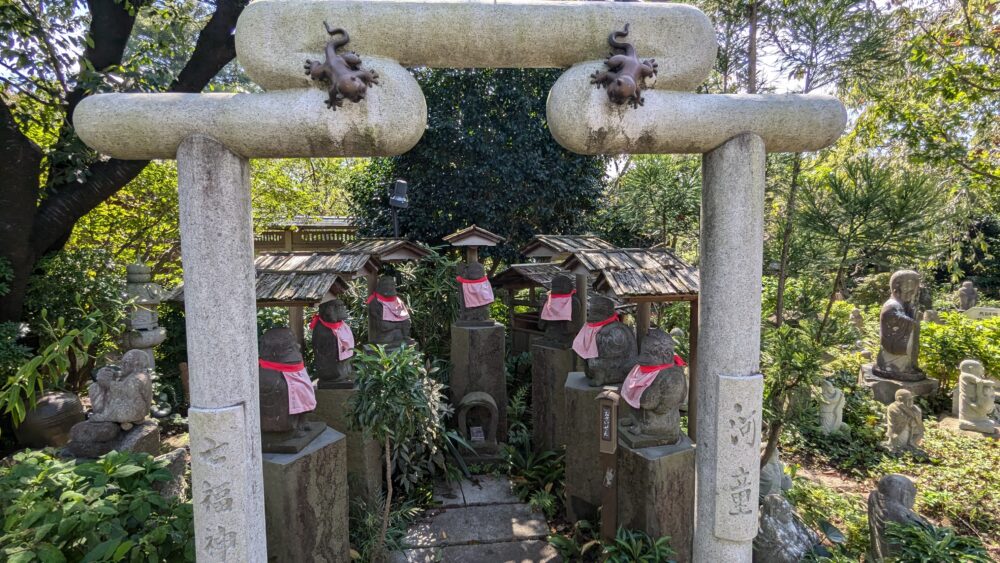
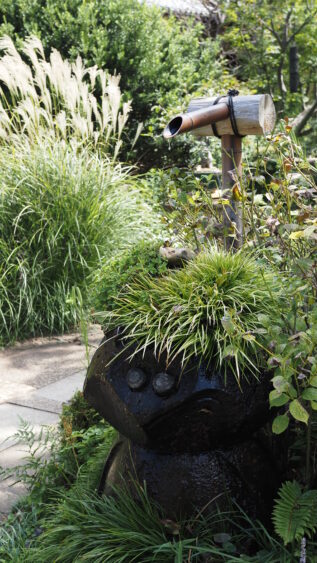
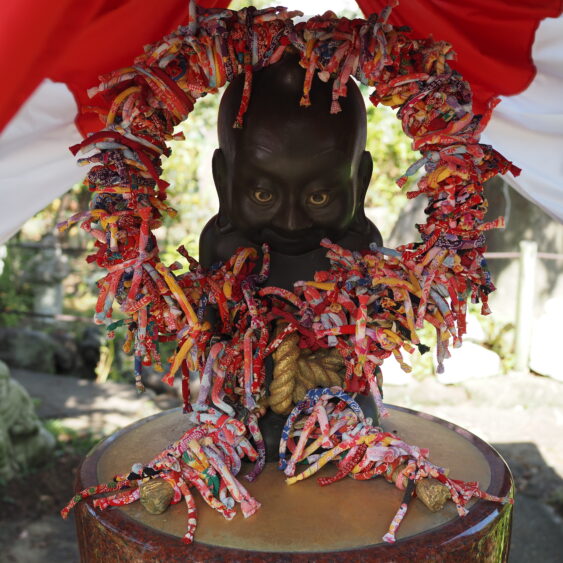
4. Heart of Enlightenment
In addition to the Kappa statues, the groups of Bosatsu and Rakan are also highlights of Josenji Temple. These figures play significant roles for those seeking enlightenment. Their presence symbolises compassion and salvation, enriching the temple’s spiritual atmosphere. Here are some examples of these important figures.
Bosatsu (菩薩) are beings who choose to stay in the world to help others achieve enlightenment. Kannon-sama and Ojizo-san are well-known examples. At the temple, the Enmusubi Bosatsu (縁結び菩薩) is particularly special, offering blessings for love, health, success, and academic achievements.
On the other hand, Rakan (羅漢) are individuals who have completed their own enlightenment and serve as role models for Buddhist practitioners. The temple shows visitors 500 Rakans (五百羅漢), symbolising the presence of those who completed their enlightenment. Once you see their distinct faces and expressions, you will notice how they achieved the practice and have achieved liberation from suffering.
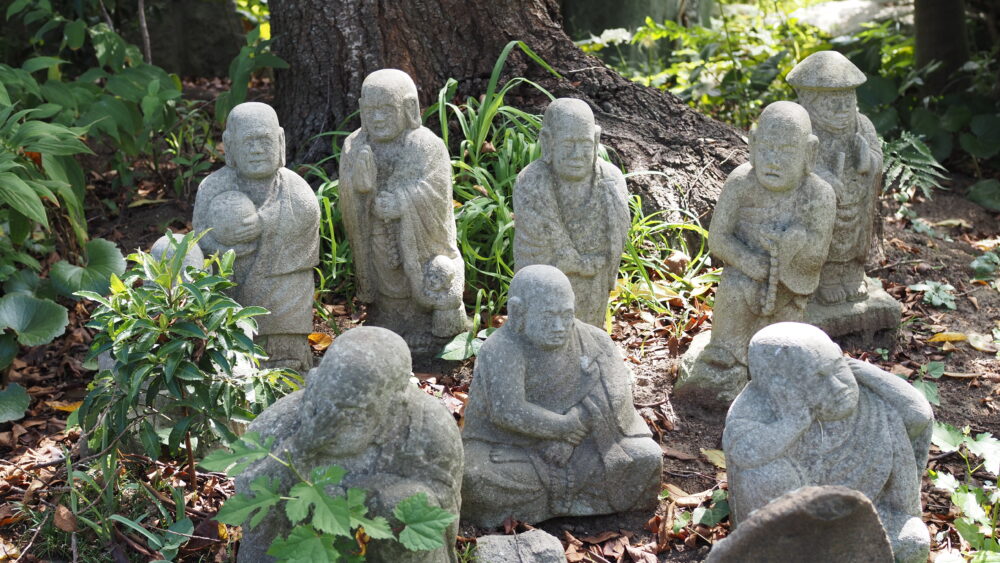
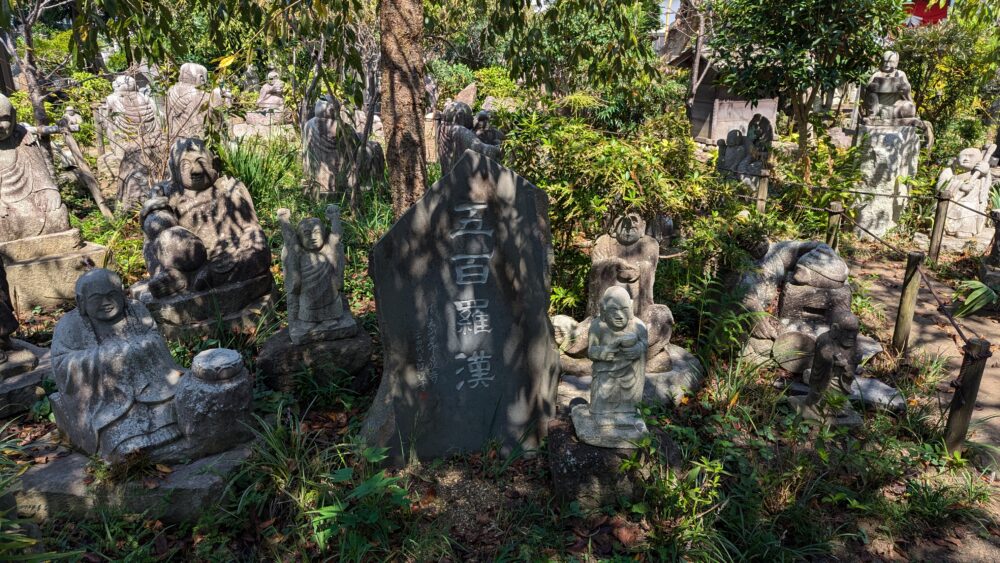
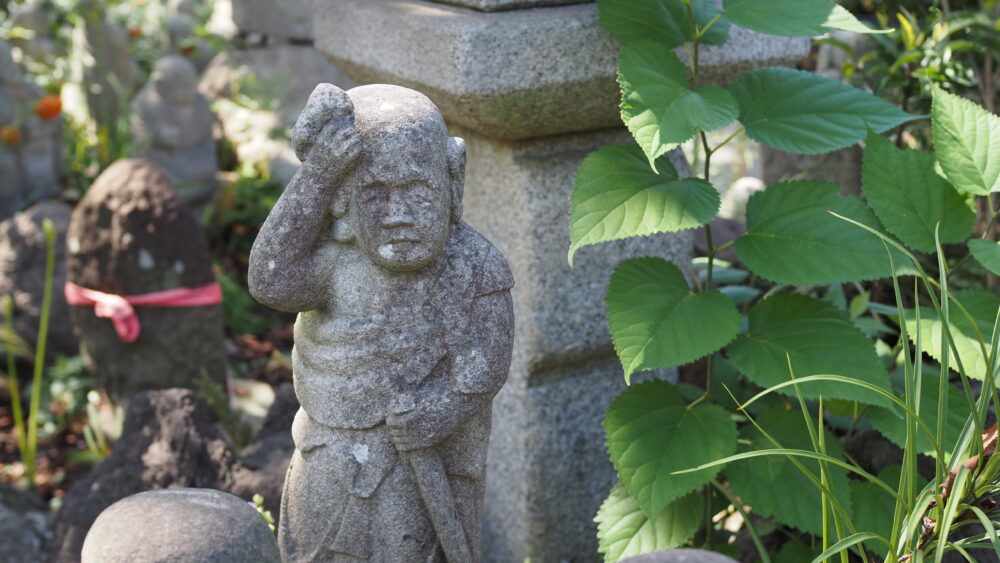
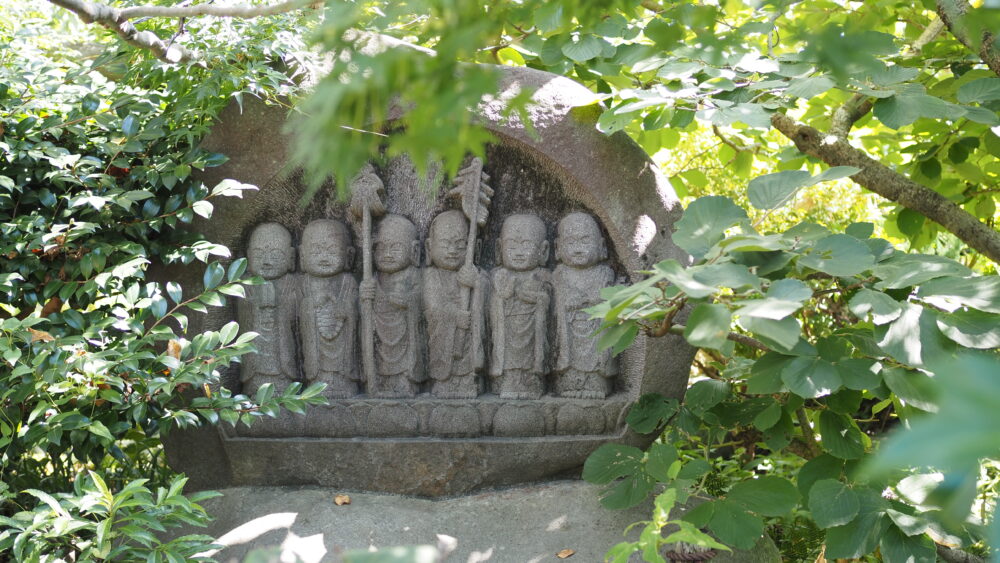
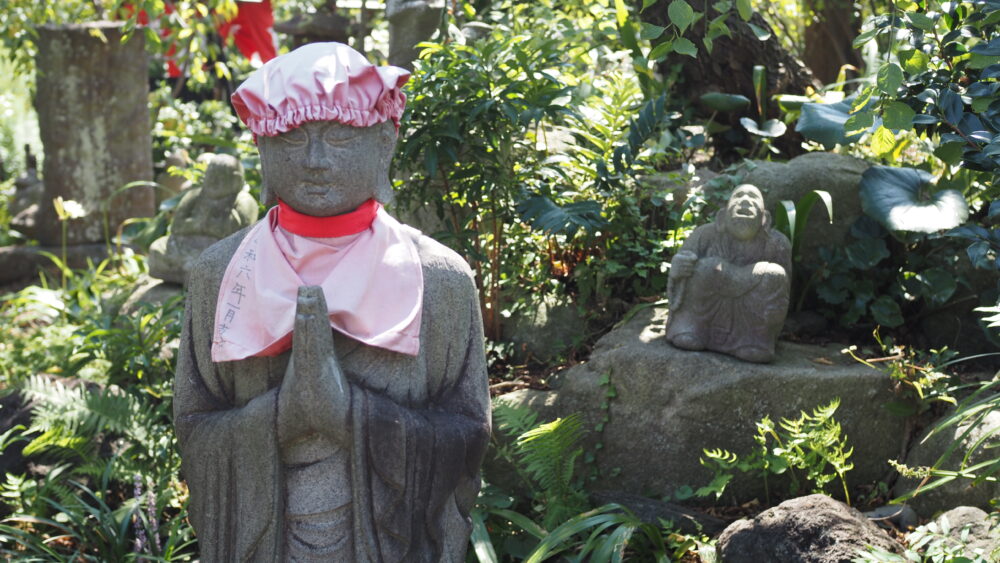
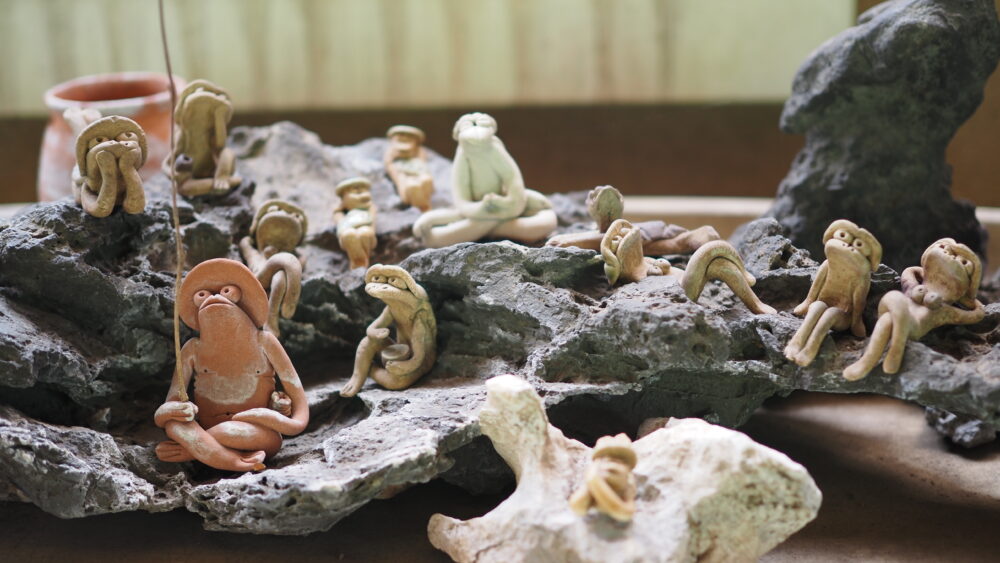
5. A Temple Filled With Charms
Josenji Temple offers a unique experience for visitors, blending nature, folklore, and spiritual enlightenment. From the vibrant blooms in every season to the playful Kappa statues and the deep symbolism of Bosatsu and Rakan, this temple has something for everyone. Whether you seek peace, adventure, or spiritual guidance, Josenji Temple promises a memorable visit that will leave you enriched and inspired.
It was the first time I visited this sacred temple. I thought that this was a temple filled with charms. The unique displays of mischievous nature and Buddhism are all embraced by the sound of winds, creating a fascinating environment. This is an ideal place for those who want to escape from daily hustle and bustle. The Temple Will Get Lost Your Distractions.
| INFOMATION | |
|---|---|
| Address | 2176 Fukuda, Yamato, Kanagawa How to get there? |
| Opening Hours | 09:00~16:30 |
| Closed | It doesn’t have any fixed days off |
| Admission | 400 yen (Incense 100yen, Admission 300 yen) |
| Parking | Not Available |
| Transportations | 15 minutes walk from Koza-Shibuya Station |
| References | Josen-ji Temple – TripAdvisor |
